When it comes to choosing the right flooring option for your residential or commercial space, it’s essential to consider both style and functionality. Two popular choices that often make the cut are ceramic tile and porcelain tile. While both offer a stunning array of designs and durability, there are a few key differences that can influence your decision. In this article, we will delve into the characteristics and benefits of each type, to help you make an informed choice. 1. Composition and Manufacturing Process: Ceramic tile is made from clay mixed with other minerals and water, which is then molded and fired in a kiln. It is then coated with a glaze that adds color and design. Porcelain tile, on the other hand, is made from a more refined and dense clay that is fired at higher temperatures. This process makes porcelain tile highly durable and less porous than ceramic tile.
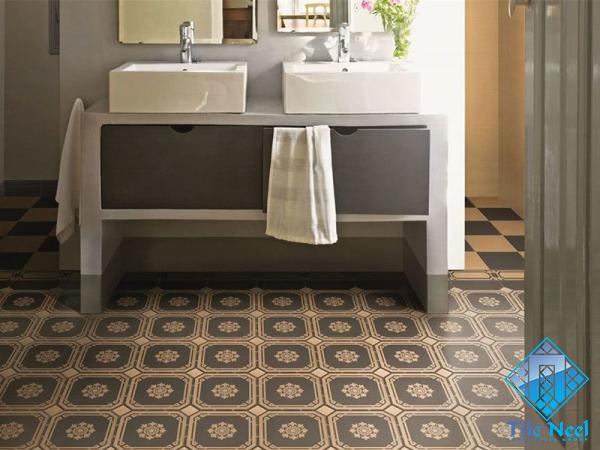
.
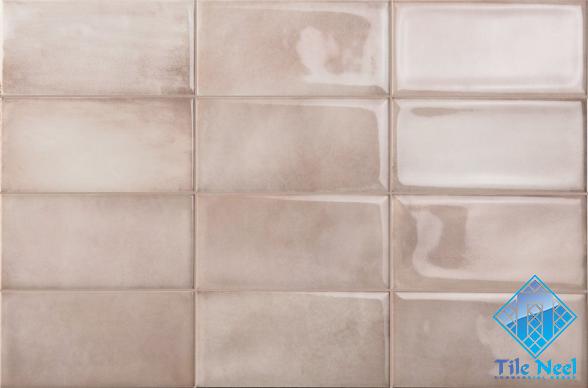 2. Durability and Resilience: Porcelain tile is known for its exceptional durability that can withstand heavy foot traffic, making it an excellent choice for high-traffic areas such as commercial spaces or busy family homes. Its dense composition also makes it highly resistant to scratches, stains, and moisture. On the other hand, ceramic tile, while still durable, may be more prone to chipping and cracking and is better suited for low to medium traffic areas. Both types of tiles are suitable for indoor and outdoor use. 3. Water Absorption: Porcelain tile has a lower water absorption rate compared to ceramic tile, thanks to its dense composition. This makes it the ideal choice for areas exposed to excessive moisture, such as bathrooms, kitchens, and pool areas. Ceramic tile, with its higher water absorption rate, may require a water-resistant coating in these areas to prevent water damage.
2. Durability and Resilience: Porcelain tile is known for its exceptional durability that can withstand heavy foot traffic, making it an excellent choice for high-traffic areas such as commercial spaces or busy family homes. Its dense composition also makes it highly resistant to scratches, stains, and moisture. On the other hand, ceramic tile, while still durable, may be more prone to chipping and cracking and is better suited for low to medium traffic areas. Both types of tiles are suitable for indoor and outdoor use. 3. Water Absorption: Porcelain tile has a lower water absorption rate compared to ceramic tile, thanks to its dense composition. This makes it the ideal choice for areas exposed to excessive moisture, such as bathrooms, kitchens, and pool areas. Ceramic tile, with its higher water absorption rate, may require a water-resistant coating in these areas to prevent water damage.
..
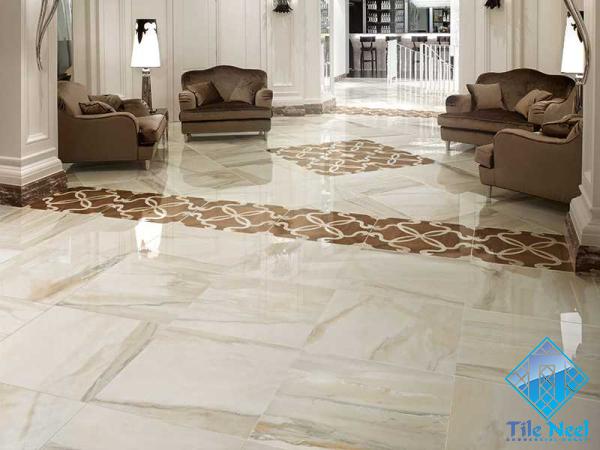 4. Design and Style: Both ceramic and porcelain tiles offer a wide range of designs, colors, patterns, and textures to suit any aesthetic preference. The glazing process used in ceramic tile allows for more intricate designs and vibrant colors, making it a popular choice for artistic and decorative purposes. Porcelain tiles, however, are known for their more natural and subtle colors, resembling materials like marble or natural stone. 5. Maintenance: Both ceramic and porcelain tiles are relatively easy to maintain. Regular sweeping or vacuuming, followed by mopping with a pH-neutral cleaning solution, is usually sufficient for both types.
4. Design and Style: Both ceramic and porcelain tiles offer a wide range of designs, colors, patterns, and textures to suit any aesthetic preference. The glazing process used in ceramic tile allows for more intricate designs and vibrant colors, making it a popular choice for artistic and decorative purposes. Porcelain tiles, however, are known for their more natural and subtle colors, resembling materials like marble or natural stone. 5. Maintenance: Both ceramic and porcelain tiles are relatively easy to maintain. Regular sweeping or vacuuming, followed by mopping with a pH-neutral cleaning solution, is usually sufficient for both types.
…
 Due to its lower water absorption rate, porcelain tile is less likely to harbor mold or bacteria and is generally easier to keep clean. Conclusion: Choosing between ceramic and porcelain tiles ultimately depends on your specific requirements and preferences. While both offer durability, aesthetic appeal, and versatility, porcelain tiles excel in areas with heavy foot traffic or high moisture levels, while ceramic tiles are better suited for lower traffic areas or purely decorative purposes. Consider these factors carefully, and consult with a professional tile installer, to make a confident decision that enhances the beauty and functionality of your space for years to come.
Due to its lower water absorption rate, porcelain tile is less likely to harbor mold or bacteria and is generally easier to keep clean. Conclusion: Choosing between ceramic and porcelain tiles ultimately depends on your specific requirements and preferences. While both offer durability, aesthetic appeal, and versatility, porcelain tiles excel in areas with heavy foot traffic or high moisture levels, while ceramic tiles are better suited for lower traffic areas or purely decorative purposes. Consider these factors carefully, and consult with a professional tile installer, to make a confident decision that enhances the beauty and functionality of your space for years to come.
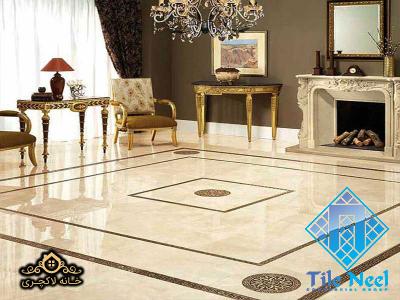

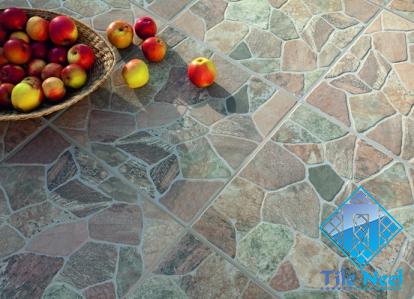
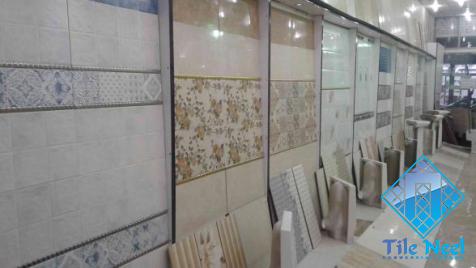
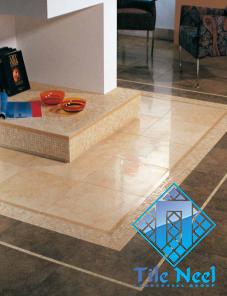

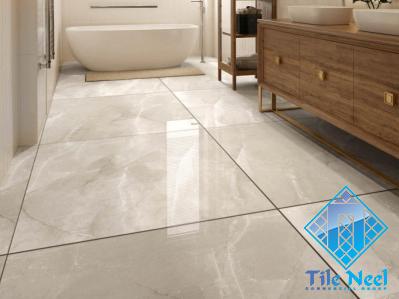

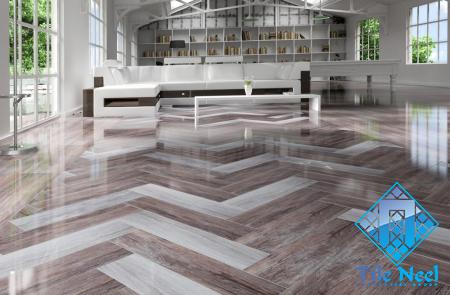
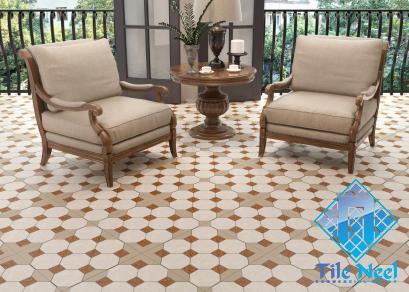
Your comment submitted.